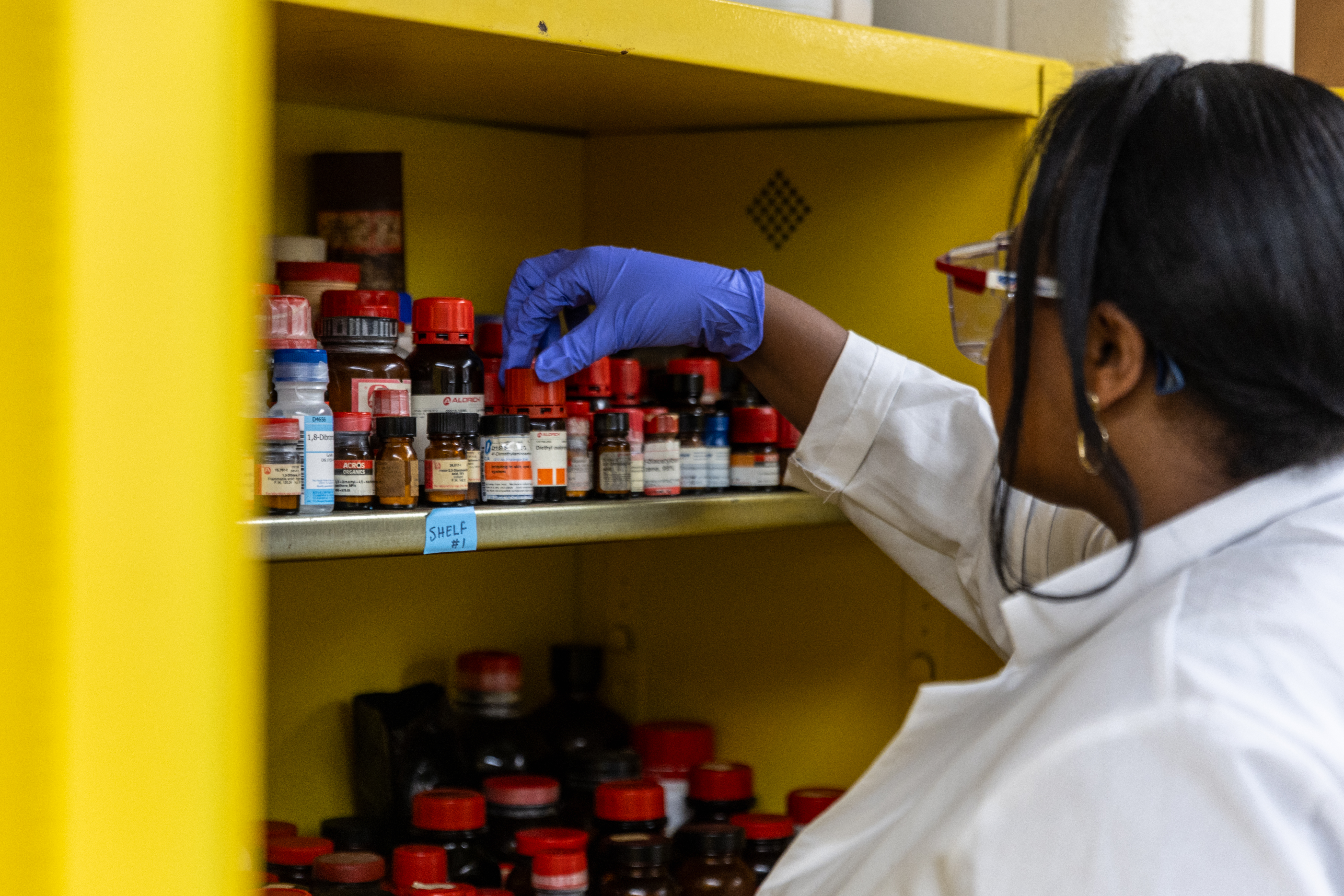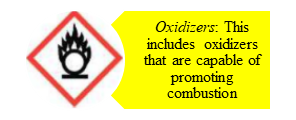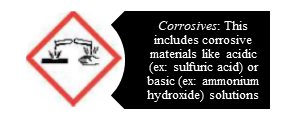
Article by Mason Sherwood
Safer Together: Strengthening Lab Safety One Bottle at a Time
As part of our mission to be Safer Together, MU Environmental Health & Safety regularly conducts inspections in laboratories throughout campus. One of the most frequent violations we encounter when inspecting chemical laboratories is the improper storage of chemicals. For example, a common instance involves flammable and oxidizing materials, or acids and bases being stored together.
Practicing safe chemical storage is key and a vital step you can take to ensure a safe laboratory environment, minimizing the risk of chemical leaks, spills, and reactions. MU EHS has several recommendations and guidelines to help you take the right steps to keeping your lab safe. This can include actions such as separating chemicals by their hazard classification, labeling containers, and more.
Here are 5 Quick & Easy Steps You Can Take:
Always Label Used and Unused Chemical Containers
Ensure that all chemical containers, used or unused, display the proper chemical name, hazards, etc.
All hazardous waste containers need to have a green Hazardous Waste Label properly filled out, which can be provided by EHS.
Peroxide Formers and Unstable Compounds have additional requirements to consider. Please see the MU EHS Chemical Storage and Segregation page for more information.
Maintain an Up-to-Date Chemical Inventory
This step can be critical to catching any deteriorating chemicals in your inventory and prevent unnecessary purchases of the same chemicals.
If you have any overstocked unused chemicals that you do not need, they can be submitted to EHS via a lab cleanout or hazardous materials pickup request.
Familiarize Yourself with Hazard Classifications
Recognize the pictograms and words associated with different hazard classifications.
Below are the pictograms taken from the MU EHS Hazard and Warning Pictograms Library for common hazards seen in chemical laboratories:



Label Storage Containers
To help keep things organized, label containers with the specific hazard that will be stored inside.
For example, flammable materials should be stored in a specific Flammable Safety Cabinet, which is marked with a highly visible label. Corrosive cabinets can be designated as an “Acid” or a “Base” cabinet to ensure segregation.
Reach out to MU EHS
If you feel that you are unsure about the proper storage techniques for a chemical, please feel free to reach out to MU EHS at either of the following lines and we will be more than happy to provide recommendations and guidance:
Main Line: (573) 882-7018
Hazardous Materials Unit: (573) 882-3736
Additionally, you can view the MU EHS pages on Chemical Storage and Segregation and Chemical Labeling for general guidelines, and the Hazards and Warnings Pictogram Library located on the Hazard Communication Sign page.